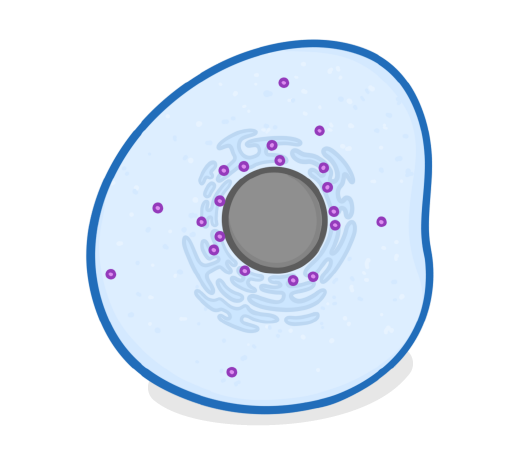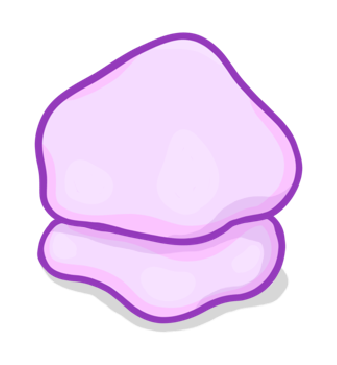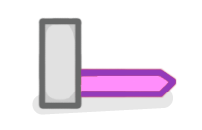Protein Synthesis
This lesson covers:
- How proteins are made (a process we call 'protein synthesis')
- For OCR 21st Century you do not need to know all of the details of the video, for example don't worry about remembering terms like transcription, translation, tRNA, and template strand.
- Instead you need to understand the basic idea, which is that:
- A copy of a gene is made from messenger RNA (mRNA)
- The mRNA travels to a ribosome in the cytoplasm
- The ribosome joins amino acids together in an order determined by the mRNA
A section of DNA that codes for a protein is called a .
|
Which of the following describes transcription?
The copying of a single gene of DNA, to mRNA
The combination of amino acids to form a polypeptide
The movement of DNA from the nucleus to the cytoplasm
|

Where does transcription take place?
Nucleus
Mitochondria
Ribosome
Chloroplast
|
Why does a gene of DNA have to be copied to mRNA (transcription)?
DNA doesn't carry genetic information
DNA is too large to leave the nucleus
DNA has the wrong code
|
How is mRNA different to DNA?
(Select all that apply)
mRNA is shorter than DNA
mRNA is double stranded, but DNA is single stranded
mRNA is longer than DNA
mRNA is single stranded, but DNA is double stranded
|
Once the mRNA leaves the nucleus and enters the cytoplasm, which sub-cellular structure (organelle) does it go to?
Cell membrane
Ribosome
Chloroplast
Mitochondria
|
Which of the following describes translation?
The combination of amino acids to form a polypeptide
The copying of a single gene of DNA to mRNA
The movement of DNA from the nucleus to the cytoplasm
|
How many bases are needed to code for one amino acid?
1
2
3
4
|

What is the function of a ribosome?
To build sugars from water and carbon dioxide
To assemble proteins from amino acids
To release energy from glucose
|
A chain of amino acids is called a ____________.
Carbohydrate
Nucleic acid
Polypeptide
|

Which base does uracil replace in mRNA?
Cytosine
Thymine
Guanine
Adenine
|
Different sequences of amino acids within a polypeptide will fold up into different shapes, and so form different .
|